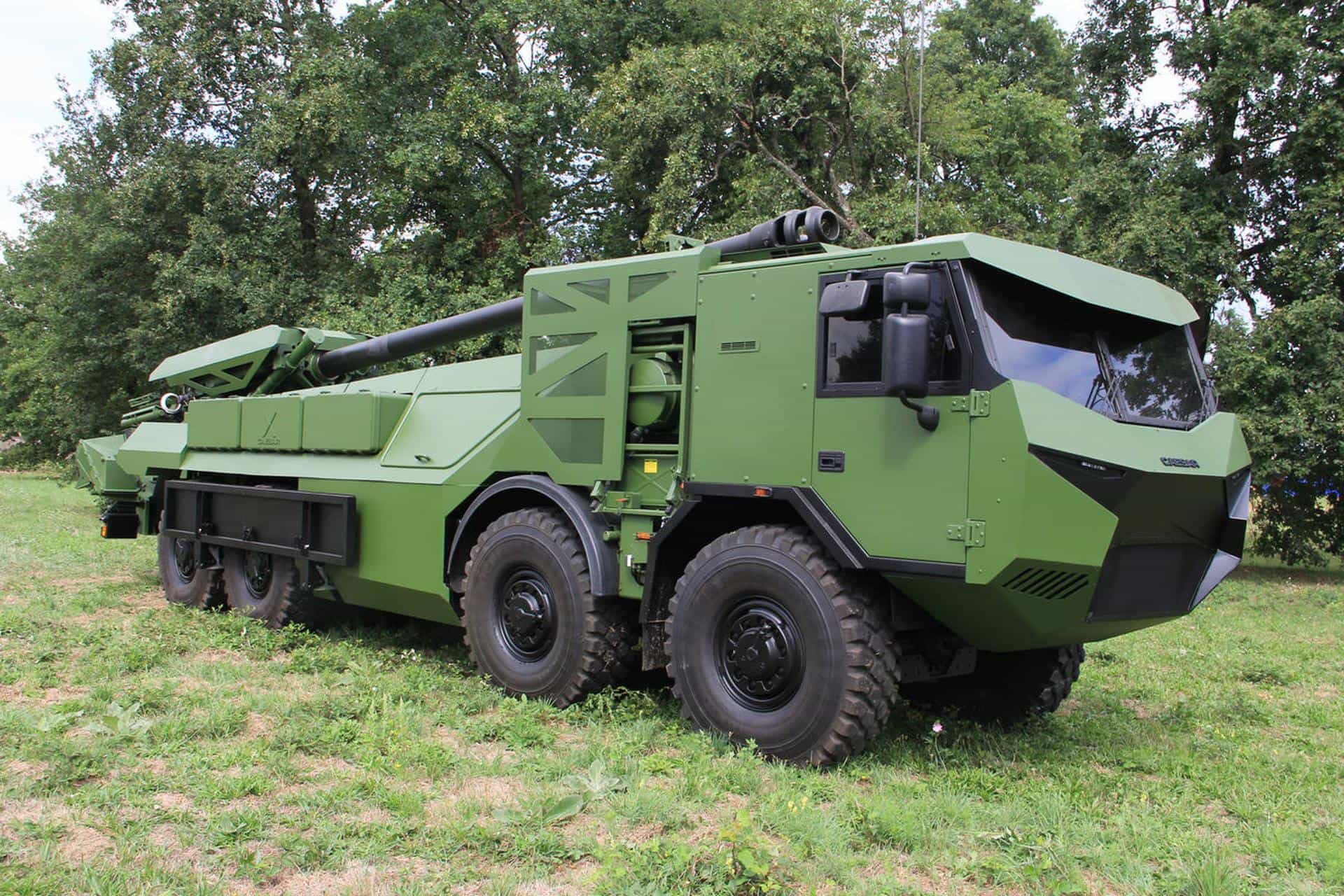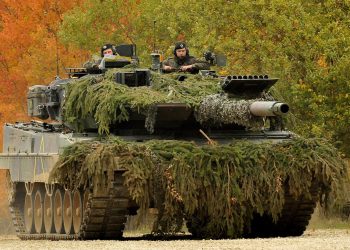US Army,
WASHINGTON: The Army has sent a new manual for training to the printer and it should be released to the field in about six weeks, members of the Association of the U.S. Army were told Monday.
The new FM 7.0 “prescribes the fundamental changes in how we are training our Army for full-spectrum operations,” said Brig. Gen. Robert Abrams, deputy commander for training at the Combined Arms Center, Fort Leavenworth, Kan.
Abrams told the symposium audience at the AUSA annual meeting that there are six “big ideas” covered in the new field manual. The first one, “train as you fight,” remains as true today as when it was first heralded in 1988, he said.
Secondly, though, the manual aims to “change the Army's training mindset” to prepare Soldiers for the conditions they will likely face in future battle, Abrams said. He added that those conditions will likely be something between insurgency and general war.
“We still train to standard,” Abrams said. “The standards remain, but the conditions have changed.”
The mission-essential task list, or METL, remains of central importance in the new manual, Abrams said. But he explained that there are two types: The Core METL, which covers missions that each unit was designed to perform. Then there's the Directed METL – the specific tasks that a unit will perform in theater on an upcoming deployment.
Many units today are focusing their training almost exclusively on their DMETL, said Maj. Gen. John A. Yingling, G-3/5/7 for U.S. Forces Command. DMETL focus is necessary, Yingling said, because unit “dwell times” between deployments are currently less than 18 months. As dwell times increase, that will allow more focus on the Core METL, Yingling said, explaining that will build “strategic depth.”
The new manual also requires a dialog between commanders and their subordinate units, Abrams said. He said this is especially important with the limited time units now have for force generation.
“We used to issue training guidance and have this quarterly training brief,” Abrams said. “Now we mandate that a dialog will occur from higher to lower.”
Lastly, the new training manual allows commanders flexibility, Abrams said. He said for missions where standards don't yet exist, commanders must be agile and decide how to train.
Abrams spoke as part of a Land Warfare Symposium titled “Training for Full Spectrum Operations.” The symposium was led by Maj. Gen. Robert Lennox, the Army's assistant deputy chief of staff for operations and training, G-3/5/7.
Lennox emphasized right from the start that one of the major challenges in training today is the short dwell time units have between deployments to Iraq and Afghanistan,.
Brig. Gen. Richard Longo, director of training for G-3, said the Army's goal in the past was to ensure that troops never faced a situation in combat for which they had not trained. Because of time limits now, though, he said no unit can train for all conditions it might face, so training for agility is important.
Lt. Gen. Richard Lynch, commanding general of III Corps, showed a video highlighting his recent deployment to Iraq as commander of the 3rd Infantry Division and Multi-National Division-Central. Lynch said after about six months of full-spectrum operations south of Baghdad, his units at 60 patrol bases shifted their focus to stability operations and strengthening the local government and economy. He said this included helping the Iraqis bolster their fish farming and poultry raising.
“Soldiers transformed the battlefield by meeting the needs of the Iraqi people,” Lynch said. He added that Soldiers need to have the agility, though, to switch from non-kinetic operations to full-spectrum combat on a moment's notice. He used an example of when one of his units was called from south of Baghdad to help with operations in Sadr City.
“You've got to be prepared at all times.” Lynch said. “You're always working outside your comfort zone these days.”
The Army doesn't currently have adequate facilities to train troops for “non-lethal operations” like building a local government,” Lynch said. “Yet we spend 80 percent of our time doing that over there (in Iraq.)”
Lynch said during his time in Iraq, it was “transparent” to him whether a Soldier or unit came from the active Army, National Guard or Army Reserve.
“This is a brand new reserve component, with an incredible experience factor,” said Lt. Gen. Thomas Miller, commander of First U.S. Army. He said Guard and Reserve units come to mobilization stations prepared and demonstrate resiliency. Yet there are a number of challenges that remain in mobilization, Miller said.
Medical standards are one of the mobilization challenges, Miller said. “Different doctors see different things,” he said, citing the need for a unified standard at mobilization sites.
Lt. Gen. Jack Stultz, chief of the Army Reserve and commander of the U.S. Army Reserve Command, said there's not enough time to do all the full-spectrum training needed at mobilization stations, so one of the USARC initiatives is to accomplish some of that training pre-mobilization.
The challenge, Stultz said, is that most reserve centers don't have the facilities for full-spectrum training. So USARC is establishing regional training centers, he said, and the command is working to ensure those centers have the newest equipment.
Brig. Gen. Ray Carpenter, special assistant for training to the director of the Army National Guard, said that training Soldiers ahead of time means more “boots on the ground” time in theater. But he said “cross-leveling” or drawing troops from around the country to fill a Guard unit deploying, remains a readiness problem. Units can't be trained ahead of time if they're not fully manned until after they reach the mobilization site, he said.
“In all honesty, we haven't solved that problem yet,” Carpenter said. “We're still sending units to mobilization and cross-leveling.”









